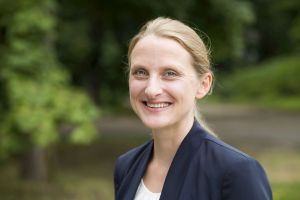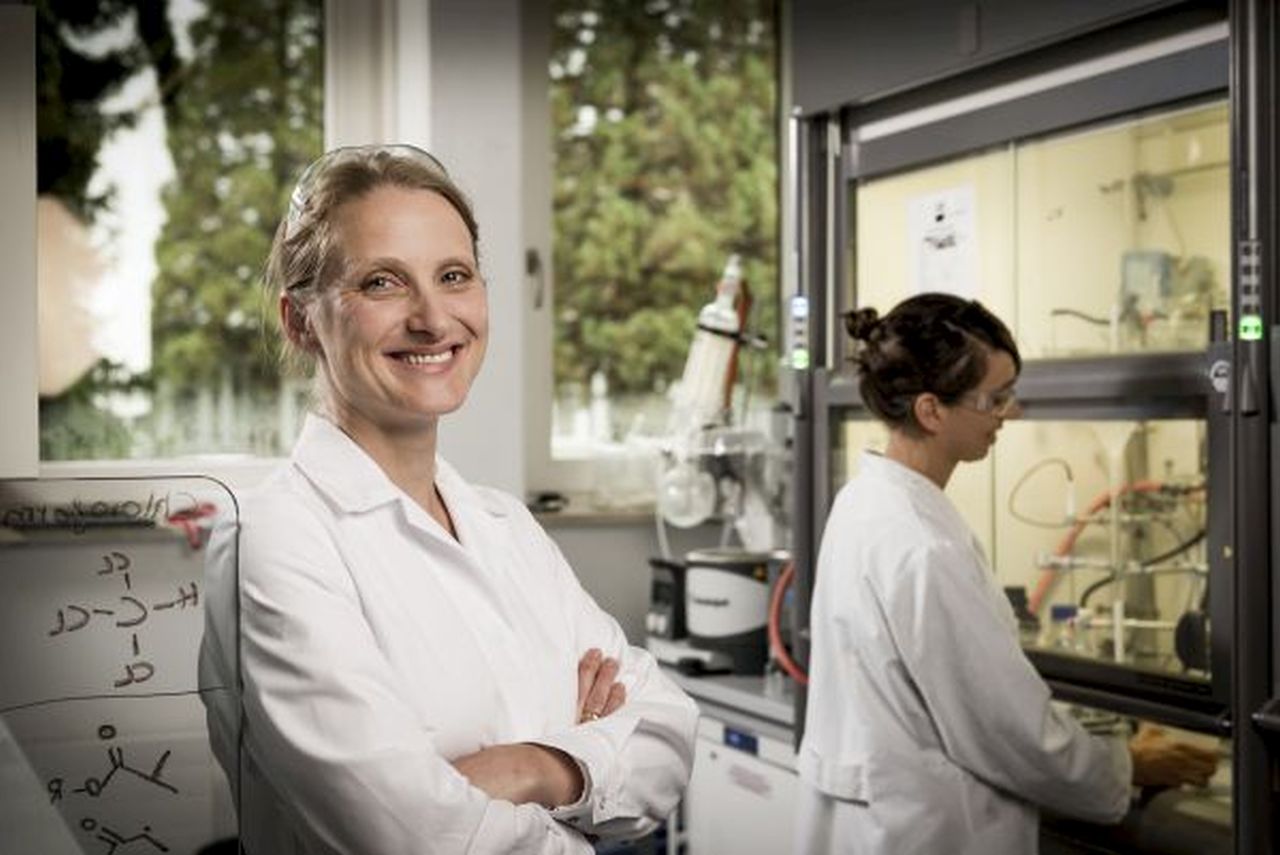For her research on the development of hematological and musculoskeletal disorders, Dr. Cornelia Lee-Thedieck, scientist at Karlsruhe Institute of Technology (KIT), is awarded an ERC Starting Grant: The European Research Council decided to fund her project “bloodANDbone” with EUR 1.5 million for five years. At KIT’s Institute of Functional Interfaces (IFG), Lee-Thedieck develops models of the human bone marrow to study the regeneration of blood and bone by stem cells and how this regeneration is disturbed in diseases like leukemia or bone metastases.
Both, blood and bone of human beings have the potential to regenerate. This capacity is owed to multipotent stem cells that can differentiate into various cell types: Hematopoietic stem cells (HSCs) are precursors of all cell types of the blood; mesenchymal stem cells (MSCs) are precursor cells of the connective tissue and may differentiate to bone, cartilage, and muscle cells. Naturally, HSCs and MSCs are found in the human bone marrow. In case of many blood and musculoskeletal disorders, the regenerative potential of blood and bone is disturbed. Repairing this potential with the help of stem cells might be the key to the regenerative treatment of these diseases.

Receives a Starting Grant of the European Research Council: Dr. Cornelia Lee-Thedieck. (Photo: Markus Breig, KIT)
It is well-known that blood stem cells are influenced by their natural local environment, their niche in the bone marrow. However, little is known on the opposite direction of this crosstalk – the influence of HSCs on bone marrow and the bone-forming system. This gap will now be closed by Dr. Cornelia Lee-Thedieck, head of the Junior Research Group “Stem Cell-Material Interactions” at KIT’s Institute of Functional Interfaces with her project “Blood and Bone – Conjoined Twins in Health and Disease: Bone Marrow Analogs for Hematological and Musculoskeletal Diseases.”
“Only studying the relationship and mutual interactions between blood and bone will allow us to understand how their regeneration potential is disturbed in disease and how it can be restored by new treatment methods,” Lee-Thedieck explains. Within her project, the researcher develops in vitro models of the human bone marrow to study the initiation and development of frequent hematological and musculoskeletal diseases, such as leukemia, multiple myeloma, and bone metastasis. Cornelia Lee-Thedieck takes advantage of a bone marrow model developed previously with her group. It consists of porous biomaterials loaded with cells. Their physical, biochemical, and biological properties can be adjusted specifically. “On this basis, we will develop novel biomimetic models that imitate biological structures of bone marrow diseases. With the help of these models, we will be able to study how the regenerative equilibrium in human bone marrow is maintained in health and how it is disturbed in disease,” the scientist says. “Understanding this is an important prerequisite for the development of new regenerative therapies.“ Thanks to their scalability, the bone marrow models are also suited as in vitro-test systems for the screening of new drugs and therapies.
The European Research Council (ERC) funds the “bloodANDbone” project with a Starting Grant of EUR 1.5 million for a period of five years. The ERC Starting Grant is one of the most prestigious grants for young scientists in Europe, who carry out pioneering research projects. The ERC received 3,085 proposals in this call of which around 13% was funded.
More information on Lee-Thedieck’s Junior Research Group on Stem Cell-Material Interactions:
http://www.ifg.kit.edu/english/301.php
Being “The University in the Helmholtz Association”, KIT creates and imparts knowledge for the society and the environment. It is the objective to make significant contributions to the global challenges in the fields of energy, mobility, and information. For this, about 10,000 employees cooperate in a broad range of disciplines in natural sciences, engineering sciences, economics, and the humanities and social sciences. KIT prepares its 22,800 students for responsible tasks in society, industry, and science by offering research-based study programs. Innovation efforts at KIT build a bridge between important scientific findings and their application for the benefit of society, economic prosperity, and the preservation of our natural basis of life. KIT is one of the German universities of excellence.

